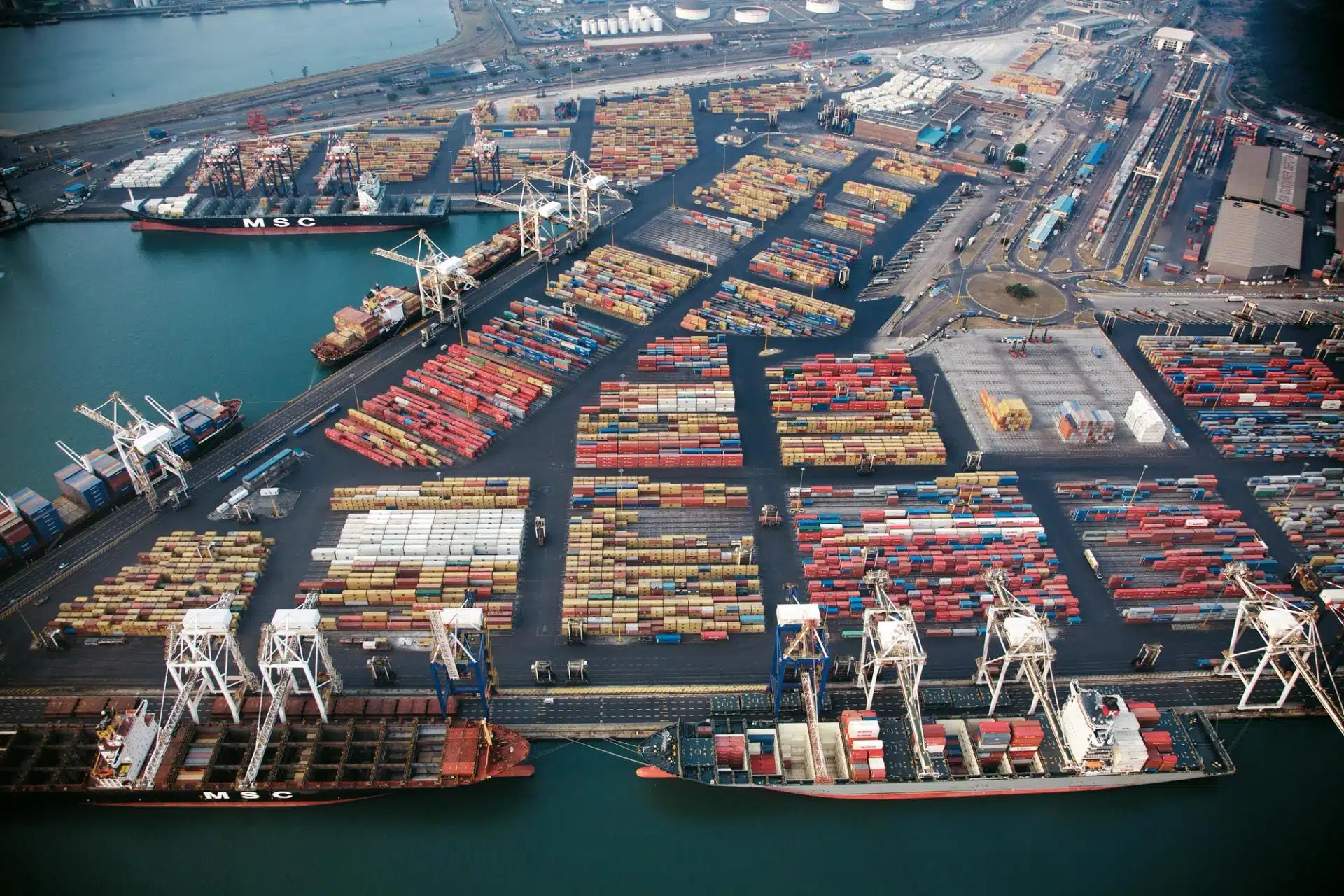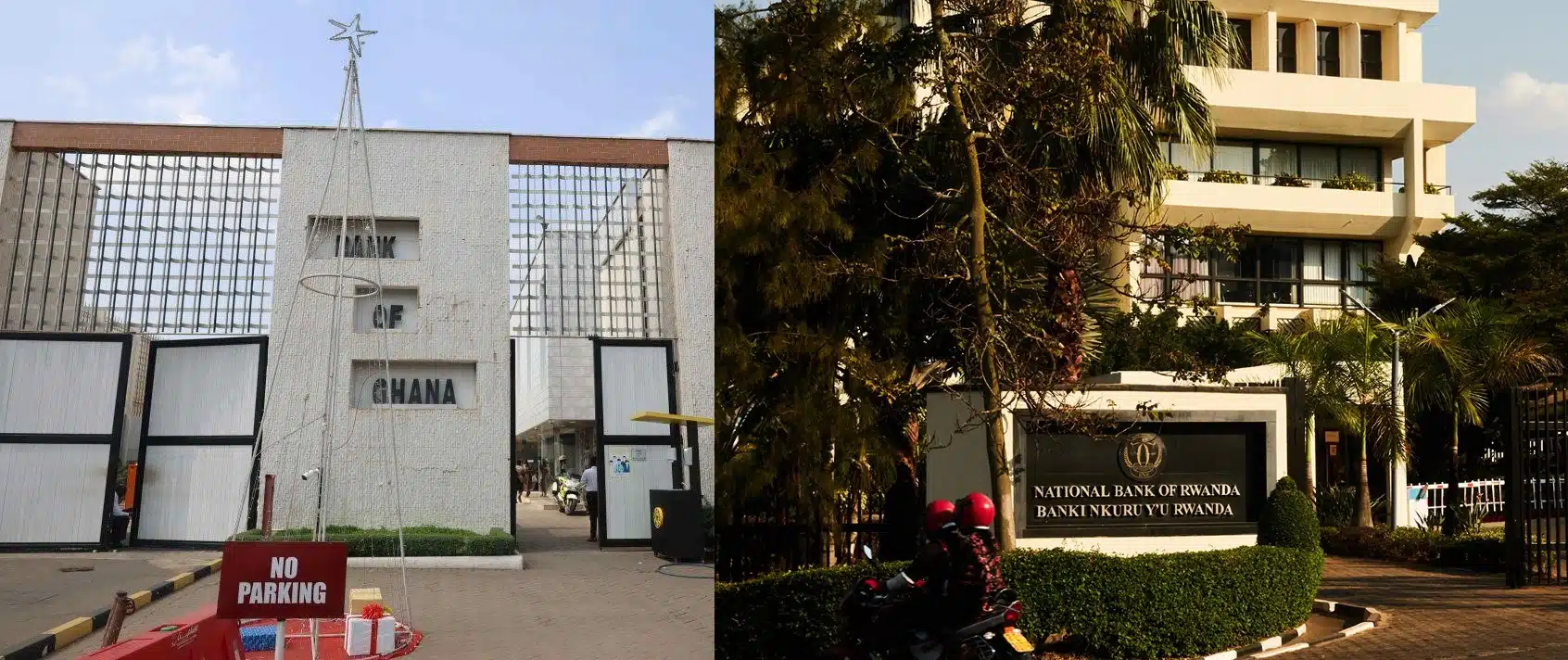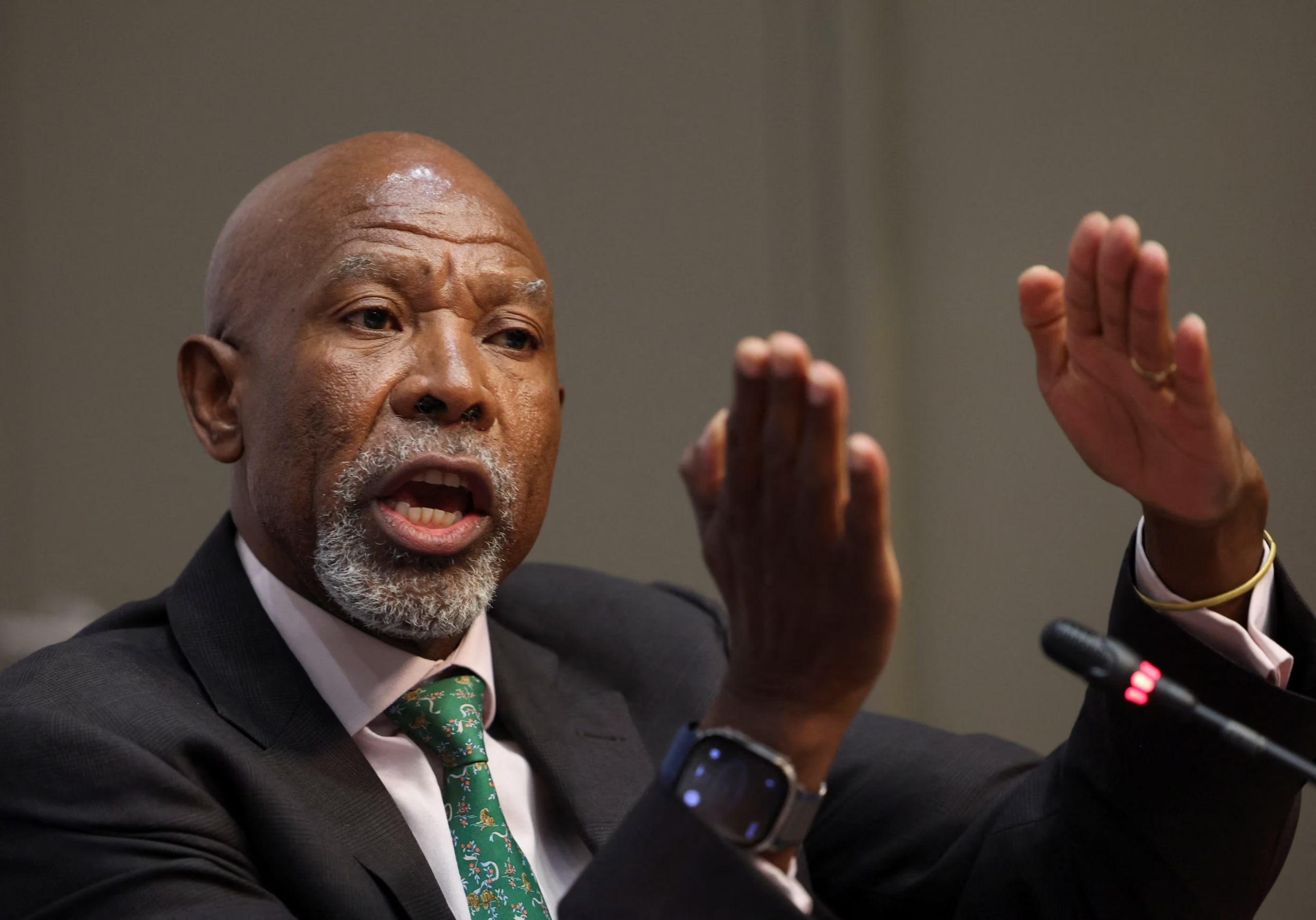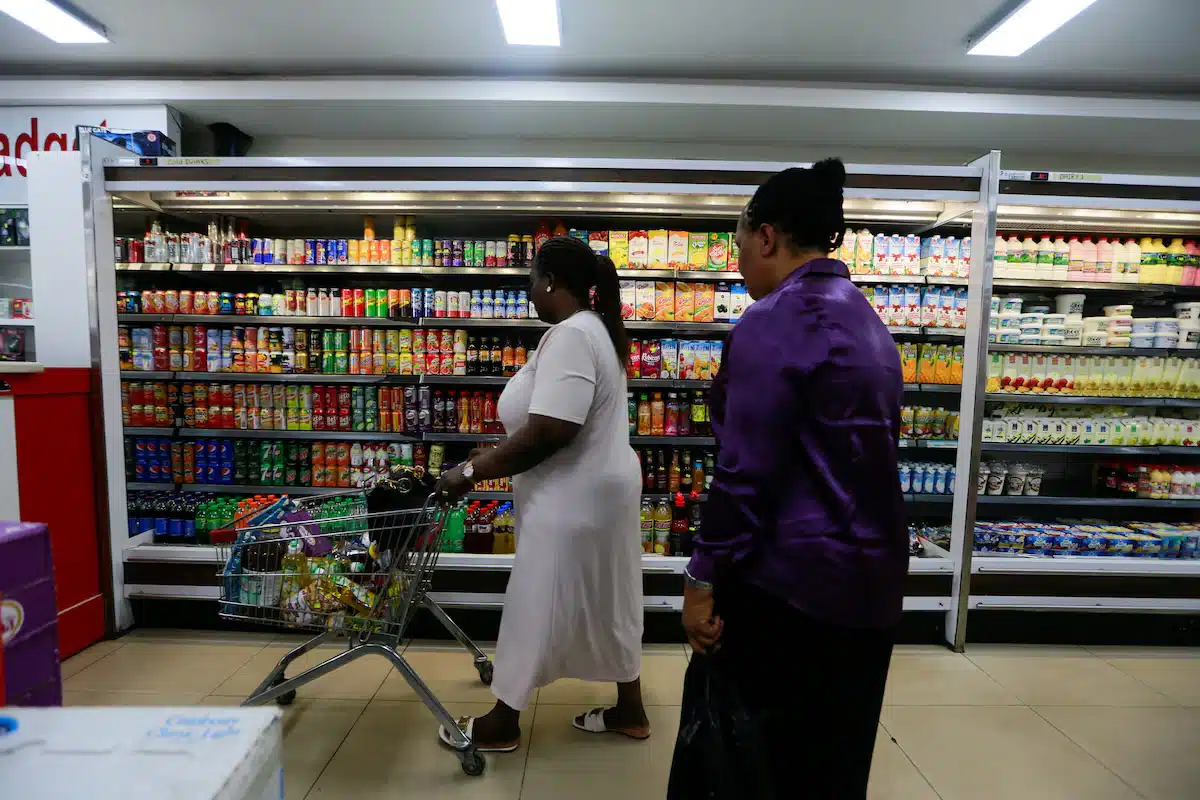Trade is one of the most powerful engines for economic growth, and Africa’s ability to unlock its full potential depends on solving a fundamental problem, which is access to trade finance.
Despite years of policy reform and increased private sector interest, Africa’s trade finance infrastructure remains largely inadequate for the scale and complexity of today’s business environment. According to the African Development Bank, the continent faces a trade finance gap of over $120 billion annually. This shortfall disproportionately affects small and medium-sized enterprises (SMEs), which account for more than 90% of businesses and over 60% of jobs across the continent.
Without reliable access to trade finance, credit, foreign exchange, working capital, and risk mitigation tools, many of these businesses are unable to participate in cross-border commerce, even when demand exists. As a result, Africa continues to underperform in trade. Intra-African trade accounts for just 15% of total exports, compared to 60% in Asia and 70% in Europe.
The barriers are both structural and systemic. Traditional trade finance processes rely heavily on manual documentation, rigid collateral requirements, and slow settlement timelines. Commercial banks, which dominate the market, are often risk-averse, particularly in sectors or geographies where credit information is scarce or inconsistent.
This creates a high-friction environment where only the most well-capitalised firms can access the liquidity and financial tools needed to engage in global or cross-border markets.
The state of play, and what you should know
Momentum, however, is building toward a more inclusive model. Technology is enabling the rise of embedded finance and Banking-as-a-Service (BaaS) platforms that could radically democratise access to trade finance across Africa.
By integrating services such as invoice financing, real-time FX, and cross-border payments directly into supply chain tools, e-commerce platforms, and procurement systems, these solutions meet businesses where they operate, reducing friction and unlocking liquidity at critical moments. It’s a shift from institutional gatekeeping to infrastructure that empowers, and it could reshape the future of African trade from the ground up.
Liquidity constraints, fragmented regulations, and limited access to correspondent banking continue to hinder trade across Africa. To help address these challenges, Starks Associates facilitates real-time, multi-African-currency transactions that reduce settlement delays and improve cross-border efficiency.
Since launch, the platform has processed over $4 billion in transactions across 18 countries, evidence of both the scale of the challenge and the urgency of building systems that work better for African markets.
Another critical innovation is the use of alternative data, transaction histories, logistics records, and inventory flows to assess creditworthiness. In a region where traditional credit scoring systems often exclude SMEs, this shift allows for more inclusive and dynamic risk assessment. It opens the door to financing for thousands of businesses that have long operated in the informal or semi-formal economy.
Meanwhile, currency volatility remains a major concern for Africa’s trade integration. In 2024, several African currencies, most notably the Nigerian naira, which depreciated by over 40%, lost value sharply against global benchmark currencies like the US dollar and the euro.
While much attention is placed on external trade, this volatility also distorts intra-African transactions, particularly when settlements require conversion through these hard currencies.
In response, solution-providers like Starks are advancing a more efficient model, enabling direct local currency pairings between African markets, thereby reducing dependence on USD intermediaries.
By aggregating FX liquidity and facilitating real-time conversions between currencies such as the Naira, Cedi, Shilling, and Rand, Starks supports more stable, transparent intra-African trade flows.
This approach not only lowers transaction costs and mitigates currency risk but also aligns closely with the goals of the AfCFTA, creating a financial foundation where African businesses can trade on African terms.
What comes next, and what you should do.
There is also growing momentum behind regional initiatives such as the Pan-African Payment and Settlement System (PAPSS), led by Afreximbank. PAPSS is designed to enable intra-African trade to be settled in local currencies, reducing reliance on the U.S. dollar or euro and lowering costs. However, for such systems to succeed, they must be integrated with private-sector platforms that provide liquidity, compliance, and credit support at scale.
The opportunity is clear: by reducing friction in trade finance, Africa can unlock its entrepreneurial energy, grow exports, strengthen supply chains, and drive job creation. But innovation alone is not enough. Policymakers and regulators must play an active role in modernising legal frameworks, encouraging digital lending, and enabling cross-border interoperability.
It’s equally vital that banks, development finance institutions, and technology providers collaborate, not compete, in building the infrastructure for trade finance at scale. That includes expanding access to trade guarantees, standardising documentation protocols, and investing in digital identity and compliance tools that lower onboarding barriers for SMEs.
If Africa is to truly capitalise on the promise of the AfCFTA, its businesses must be empowered with financial systems that are fit for purpose, digital, inclusive, and agile. A future where trade finance is delivered in real time, using alternative credit models, and seamlessly integrated into business platforms is not a distant vision; it is already happening in pockets across the continent.
The task now is for leaders to prepare their organisations for this hyperintegrated Africa of the near future by aligning early with the right integration-focused partners. It was the vision of Africa’s great founders of old, and nimble players are beginning to build and execute it, one solution at a time.
The continent does not lack ambition, demand, or entrepreneurial talent. What it lacks is the financial integration — infrastructure and orchestration — to match
Fixing that will be key to unlocking Africa’s next era of growth. And executing this is what wakes me up in the morning.
By Oreoluwa Adeyemo

Oreoluwa Adeyemo, co-founder and Executive Director of Starks Associates, is a seasoned investment and corporate finance expert with deep experience in structured finance advisory, project finance, and capital markets. He has successfully arranged financing from Development Finance Institutions (DFIs), Multilateral Finance Institutions, and Export Credit Agencies (ECAs). With over nine years in the industry, Oreoluwa has participated in raising over $3 billion for both financial and real sector clients and institutions across Africa and beyond. A Chartered Accountant and Chartered Banker, he has strong experience across Corporate Banking, Structured Trade Finance, and Syndications.











